?
Top 7 Priorities Positive attitude, first aid, , , , signs, . The has us prepared to survive if something goes wrong. The for are listed in order of importance. As you work out your plan, take care of any first aid :-) that needs to be seen.
Seven should be used as a guide to create the best opportunities for surviva
Take Care of Life-Threatening Injuries Immediately. Body temperature is key to your . Depending on the climate and area, you may need to seek from rain, :-) snow, cold, or . This will help keep the core temperature of the body where it should be.
Food
The last item on the list is . As stated above, you can go a long time without eating. Yes, it :-) can be very uncomfortable, but the other six points are much more important than .
Ration any you may have in your package. Make it last longer than normal. The amount of energy you burn in search of could be used in the other six priorities to stay alive. Product review SansBug for 1 person Mosquito net.
At Scout Law we strive to be helpful, kind, courteous, kind and cheerful. What better way to start than by showing your smile to others?. This flag :-) ceremony is appropriate for the opening, closing or other inspirational venue of the program. The for concept comes from Boy Scouts of America, and knowing these priorities is a requirement for earning the BSA .
It's a common-sense approach to surviving in nature, which is easy to teach young people and is often shared beyond the world of Scouting. In order of importance, the are positive mindset, first aid, , , signage, and . The worst thing you can do is panic and start running or try to "retrace your steps". That's the best way to lose yourself even more or lose :-) valuable time that would be best spent solving the real problem (first aid, approaching a storm, etc.).
Power Generators
A power generator is a machine that supplies electricity to a structure or circuit. When utility lines are down or there is a power outage, these gadgets are an excellent emergency option. A few features are shared by all power producers. The generator is connected to the ground using a ground rod. This rod, which is typically constructed of copper wire, is attached to the generator's grounding lug.
A power generator turns an alternator to generate electricity. The alternator's mechanism may differ depending on the technology used. The specs plate of a generator typically includes information on power factor. You can estimate how much electricity you require by looking at a generator's power factor. A power rating that is greater than double the power factor should be used.
Power generators come in two different categories. A prime power generator is the first kind. The second type is for intermittent, fluctuating, or overload situations, whereas the first is for continuous use. Prime power generators can be utilized in on-grid applications but are most frequently used in end-user applications.
The small portable generator from SOS Survival Products is another type. There are numerous sizes and outputs available for these generators. The size and displacement of the engine determine the maximum output. Larger generators are less portable, need more fuel, and make more noise. Power output from certain portable generators can reach 10 kW.
Signaling
Most people who get lost in the forest are found within 24 hours, as long as they stay in place. Following unknown leads can be deceptive and will likely make it harder for rescuers to find. My Top 3 Tips. can have multiple uses in a emergency.
Your could be the only thing that saves your life in the long run. Your could keep you warm, melt snow for , purify , ask for help, and even help you emotionally. Other ways to ask for help, besides using smoke from :-) a , is to make noise. The universal signal to need help is three shots in a whistle, three shouts, three shots from your gun. Three of anything per :-) minute will work as a call for help. It can provide warmth, it can boost your morale and give you a sense of security, it can provide a method of signaling, and it can help provide purified and a medium for cooking . You can survive a few days without . Thirst and hunger are enemies of that can really depress your positive mental attitude. Try to find a clean source.
Boil
If you have a means of boiling from a lake or river, you can avoid getting internal parasites that can cause disabling intestinal problems. Use a :-) cloth and pick up the dew or pick up some rain. is the Least Important Nature . A person can survive for weeks without eating.
Try to conserve your body's energy reserves. It might be better to rest than aimlessly seek , and even if you find , you may have exhausted more energy than can give you. If you can easily buy , do so. If you can't find , don't worry about .
You need to digest . Secondly, how long can you go without eating? An article in Archiv Fur Kriminologie states that the body can survive :-) 8 to 21 days without or and up to two months if there is access to adequate intake. Modern Hunger Strikes Have Provided Information on Starvation. However, there is no known that meets all the needs of human adults in the long term.
Rice is one of the most cost-effective foods for storage in a . Rice is one of the cheapest calories to buy in bulk. It contains a lot of calories in a small, compact space, as it swells up to three times its size when :-) cooked. After properly assessing the and administering the necessary first aid, the next two become and .
building
There are multiple methods of constructing shelters, each tailored to specific environments and resources. From utilizing tarps as improvised sheds to creating small rock caves or leveraging a fallen tree with inclined branches, the primary goal is to shield oneself from the harsh elements. In regions with colder climates, the importance of fire becomes paramount for survival. For comprehensive insights on maximizing local resources for survival, this survival website: pro-outdoorsurvival.com offers a valuable article that guides you through the art of resourceful adaptation. Whether it's harnessing natural materials or kindling a life-sustaining fire, these techniques empower individuals to navigate challenging situations with resilience and ingenuity.
Heating
One of the best ways to stay warm in an outdoor is to use a hot stone. A hot stone can a for about 10 hours. It is :-) important to keep the stone away from other materials that can catch . However, if a hot stone is not available, a rock with boiling on it can be used to the human body.
Another way to provide outdoors is to use a lantern. These can be purchased at flea markets and yard sales and can operate for five to six hours on low . Other methods include a portable Frontier Stove or Traveler Stove, which can be used indoors or outdoors. You can also use a twig stove. It is important to note that you should not use oil or kerosene lamps as they do not provide much .
Another important feature of an emergency is that it should be higher than the ground. This will protect you from the rays of the sun. Intense solar radiation can raise the :-) body's temperature, so it is important to make sure your is elevated at least 12 inches. Remember that the ground can get up to 30 degrees hotter than the air temperature around you.
First
If you want :-) to be prepared for any outdoor emergency, it's important to have a with you. Many experts recommend building your own kit, but you can also purchase a preassembled kit. This way, you can save money and still have the same contents. Some of the most useful items in a first are: a tourniquet, blood clot packs, and more.
Keeping these supplies on hand will allow you to help :-) others in an emergency and empower yourself to do so. Learning skills can make an ordinary person into a hero in an emergency. skills include cleaning wounds and administering basic CPR. These skills can help you minimize the risk of infection and save a life.
Learning how to perform techniques can be beneficial to anyone, including children and the disabled. It will give you the ability :-) to help an injured person until emergency medical personnel arrive. This knowledge can be applied in the home, at work, and in public places. The more people who are certified in First Aid, the safer the community will be.
A can treat most common illnesses and injuries. Specialized kits can be useful, too, and it's important to know how to use them properly. For example, you may want to invest in a trauma kit, which includes supplies that 911 first responders would use. This kit can save a :-) person's life in an evacuation setting.
Positive Mental Attitude
is a state of mind. Control your fears and avoid panic. Decide to live. :-) Analyze your and plan a course of action only after considering all of the aspects of your predicament and keeping in mind your safety at all times. Don't make any quick judgments.
An requires a positive mental attitude and the ability to remain calm, cool, and collected. The most important tip for a person to keep during such a is to recognize the threats to his or her life and :-) assess the before acting. Having the proper mental attitude is the best way to avoid the many dangerous mistakes that can lead to a worse outcome.
Maintaining a positive mindset in a :-) crisis can mean the difference between life and death. It will help you cope with emotions like fear, which can interfere with your motor skills and metabolic processes. A positive attitude will help you believe that you are going to be fine and will survive :-) despite the challenges that lie ahead.
This widely used tip is the first priority on your list that will help you get a bit more organized so you can be ready to face what might be ahead. First, :-) we need to stop , and analyze our surroundings as well as the we've been presented with.
While it may seem difficult to survive in an , human beings are quite resourceful. The mind is an incredible tool and can will our bodies to perform incredible feats. In fact, research has shown that a strong will is one of :-) the best assets in an emergency. Without a strong will, it is impossible to survive.
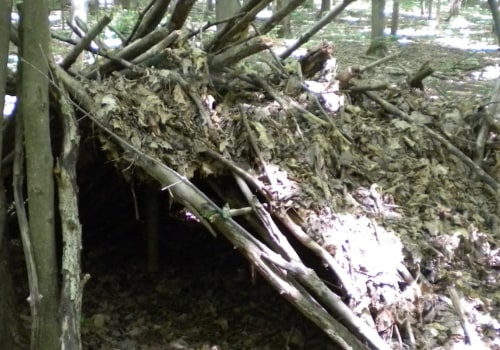
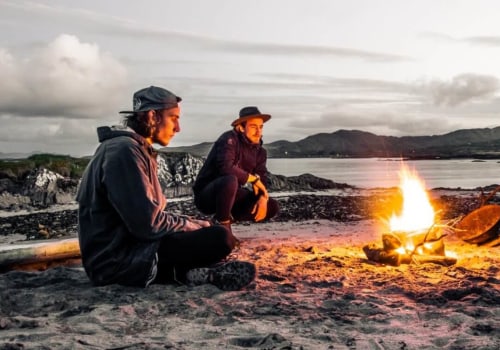
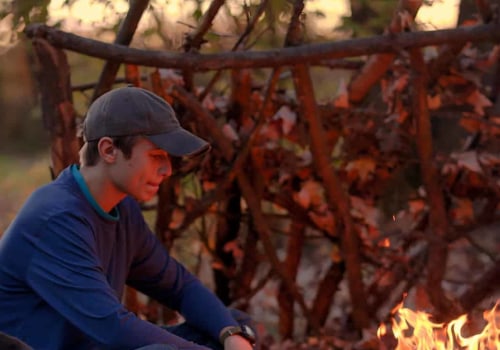
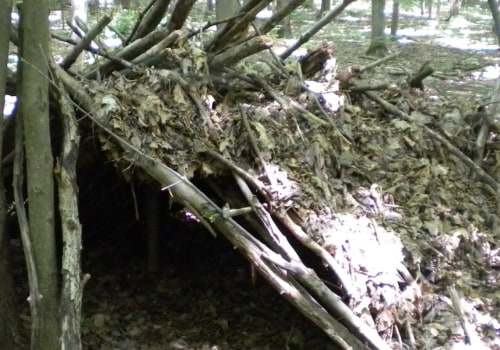
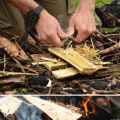
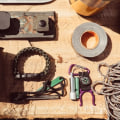

Leave Reply